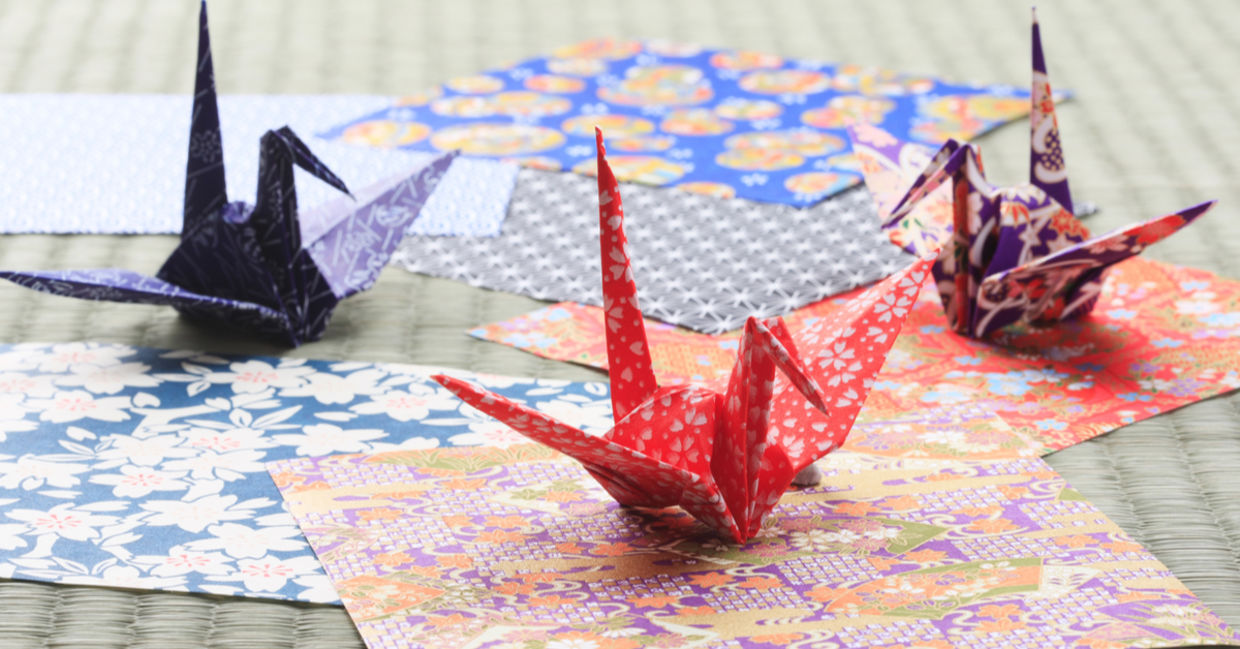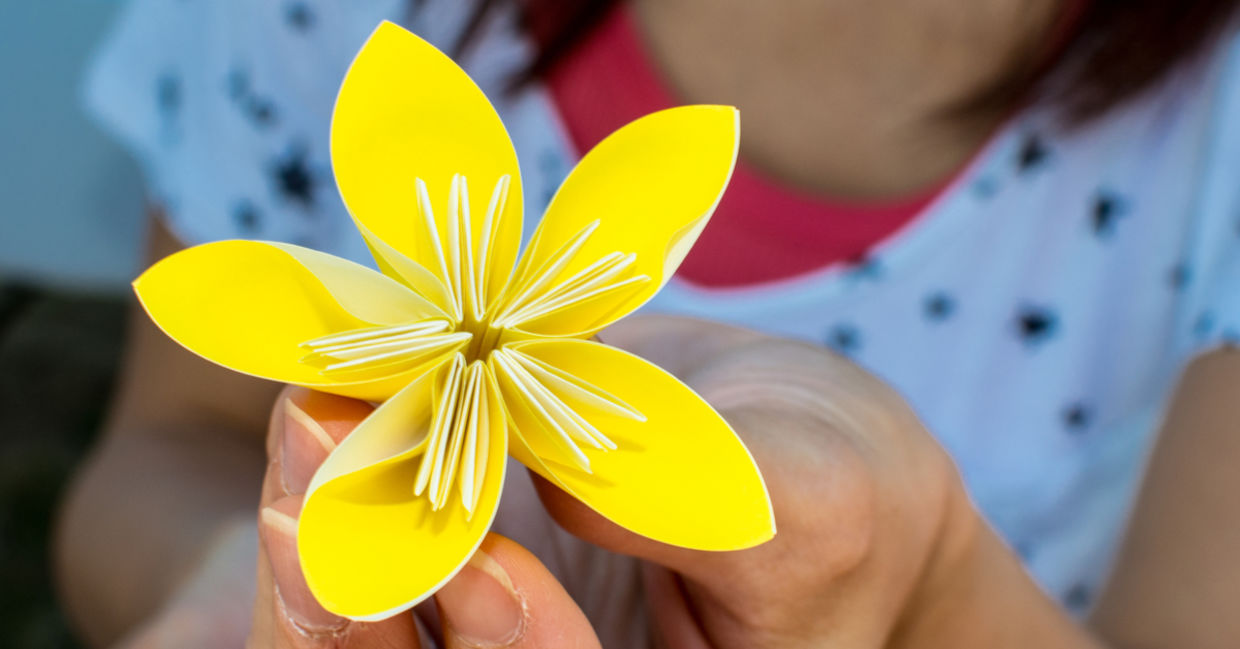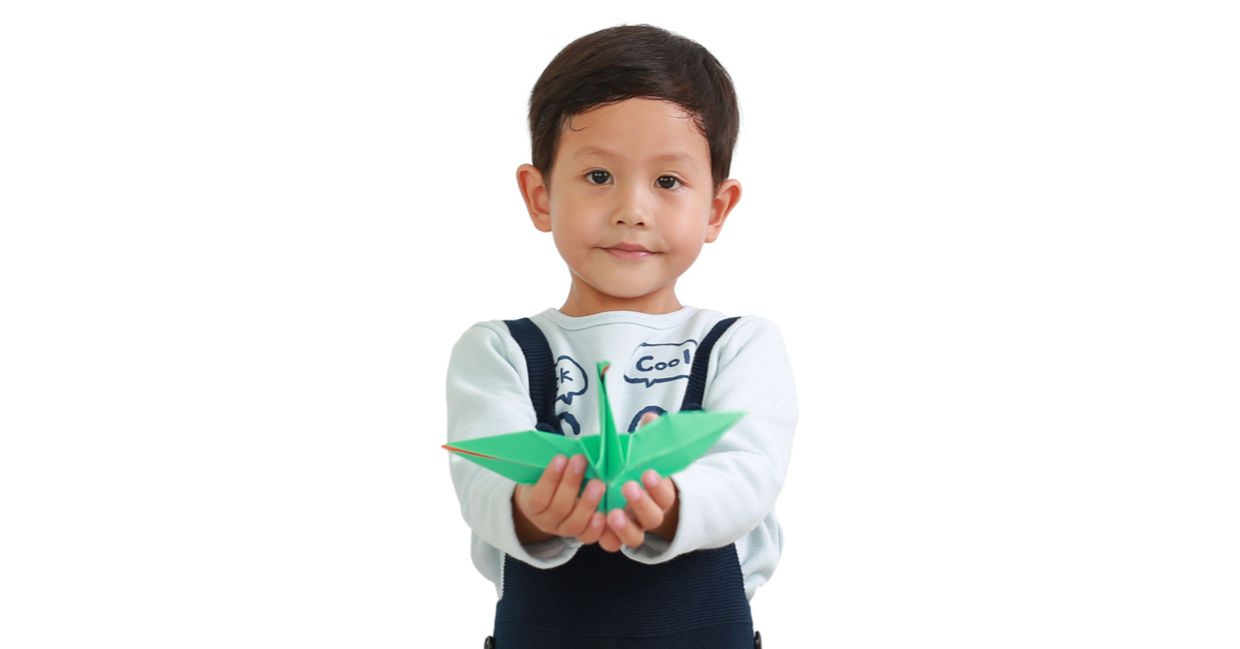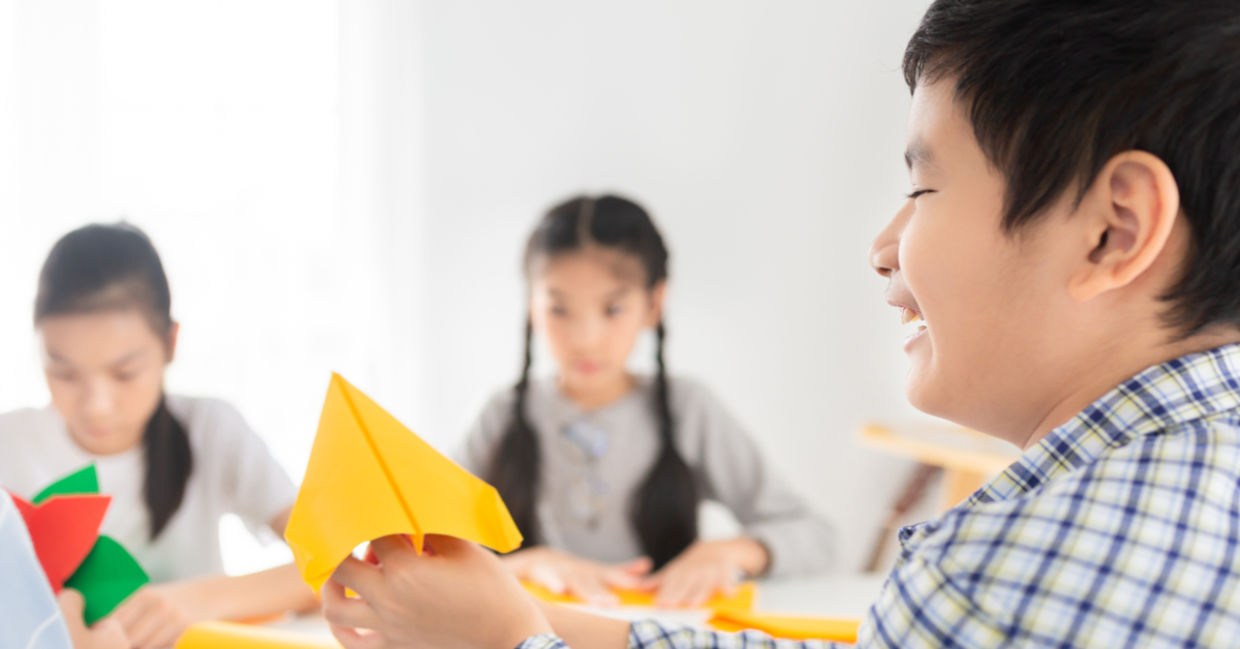
(mokokomo / Shutterstock.com)
Origami, the Japanese art of paper folding, is both an expressive and mindful exercise. Derived from the Japanese words ori, which means folding, and kami, which means paper, this activity can be enjoyed by young, old, and by those in between.
Be it a traditional paper crane, a swan, or a complex tetris box, origami offers a fulfilling design for everyone. Plus,this mindful activity is more than just folding a piece of paper in a straight line. Here are five reasons why origami is creative, therapeutic, and transformative.
Enhances focus
Origami requires concentration and memory to follow precise moves, according to RADCity. to restyle a single, flat sheet of paper into a three-dimensional object calls for attention: one wrong move could turn your elephant into a giraffe!
As each step necessitates attention and sequencing, the mindful process soon may become a type of stress-reducer. Given that it is so absorbing, origami is being used as a type of creative care in hospitals.
At Memorial Sloan Kettering Cancer Center, nurse Vanessa Tran explained in the hospital’s newsletter, “Origami became a way for me to give patients a pause — a moment when they can shift their perspective and tap into their emotions and what they need to feel better.”

(Darrell Coomes / Shutterstock.com)
Develops motor skills
In a world of tapping on computer keyboards and swiping cell phones, there is little opportunity to strengthen fine motor skills. Origami may do just this, assisting with hand-eye coordination and temporal spatial skills, according to Origami with Rachel Katz.
As paper-folding requires the use of both hands, it sends impulses that activate both sides of the brain. According to Origami Spirit, this stimulates tactile, visual, motor areas, plus non-verbal thinking, attention, and imagination. As a result, origami can also be used therapeutically for stroke and injury rehabilitation.

(GOLFX / Shutterstock.com)
Helps release self-judgment
Working slowly and mindfully as you turn and fold, origami may help you place your inner critic on hold. Starting with simple designs helps boost confidence. When the going gets tough, according to RADCity, origami gives you an opportunity to keep with it and to let go of perfection.
When there is no place for self-criticism, there is room to develop frustration tolerance, according to Creativity in Therapy. If a fold goes wrong, take a few deep breaths and calmly persevere. Achieving success in your piece may help self-esteem and later on assist in navigating challenges in other areas of life.

(Akkalak Aiempradit / Shutterstock.com)
Develops the imagination
Living in a rushed, overstimulating, and multi-sensory world, it is a relief to sit down in simplicity and engage in a creative project. Origami may have specific folding rules, but there is space to express individuality, according to the Idaho Health Care Association. This ranges from choosing your own creation, your paper’s pattern, and color, and whether you use wet or dry folds. Each piece requires creative vision and becomes an expression of yourself.
Helps Improve math skills
Origami is a beautiful fusion of creativity and mathematics. According to Origami with Rachel Katz, this art form may improve problem solving, as well as math concepts such as sequencing, symmetry, proportion, measuring, and geometry.
Some of the folds are so complex, mathematicians have found ways to use geometry in origami, coming up with models and theorems, according to the Idaho Health Care Association. In fact, they have discovered a correspondence with tessellations, objects made from repeated geometric patterns without a gap. As a result, origami may be an ideal teaching tool in physics, chemistry, architecture, and math.







